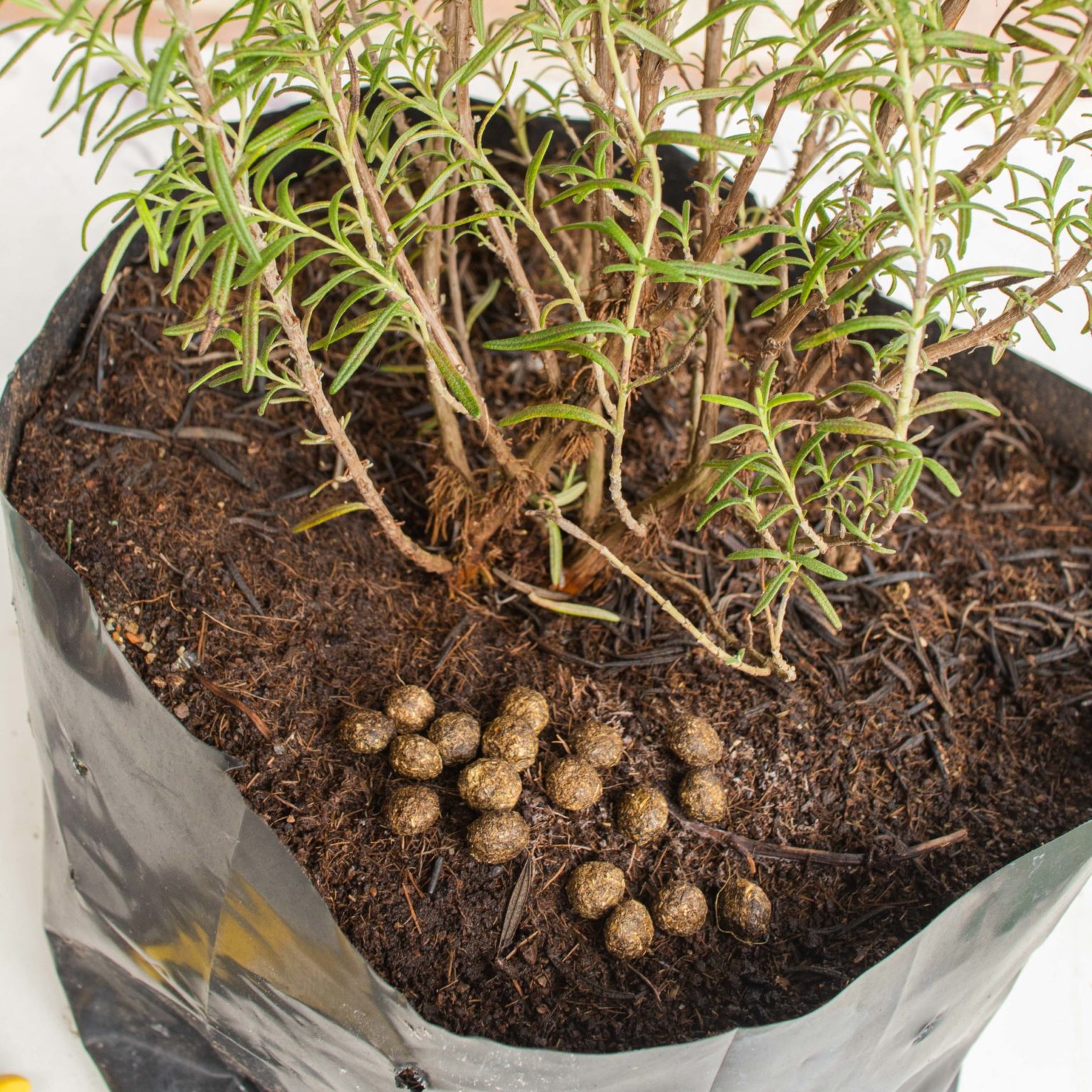

Articles
How To Store Rabbit Poop For Fertilizer
Modified: August 29, 2024
Learn how to store rabbit poop for fertilizer in this informative article. Discover the benefits of using rabbit manure in your garden and how to properly compost it.
(Many of the links in this article redirect to a specific reviewed product. Your purchase of these products through affiliate links helps to generate commission for Storables.com, at no extra cost. Learn more)
Introduction
Welcome to the world of gardening and fertilizers! If you’re looking for a natural, nutrient-rich solution to enhance the growth of your plants, then rabbit poop might just be the answer. Yes, you read that right! Rabbit poop, also known as rabbit manure, is a fantastic organic fertilizer that can improve the health and yield of your garden.
But why rabbit poop, you may ask? Well, apart from being an all-natural fertilizer, rabbit poop offers a plethora of benefits that make it a popular choice among gardeners. From its high nutrient content to its environmentally-friendly properties, rabbit poop has gained recognition as a valuable resource for sustainable gardening practices.
In this article, we will explore the benefits of using rabbit poop as fertilizer, provide proper storage techniques, and share some useful tips on using it effectively in your garden. So, let’s dig in and discover how you can harness the power of rabbit manure to create a lush and thriving garden!
Key Takeaways:
- Rabbit poop is a nutrient-rich, slow-release, and environmentally-friendly fertilizer, offering a natural and sustainable solution for promoting healthy plant growth and soil fertility.
- Properly preparing and storing rabbit poop is essential for maintaining its quality as a fertilizer, ensuring that it remains in optimal condition for future use in the garden.
Read more: How To Use Chicken Poop As Fertilizer
Benefits of using rabbit poop as fertilizer
Using rabbit poop as fertilizer offers a wide range of benefits for your garden. Let’s take a look at some of the key advantages:
- Rich in nutrients: Rabbit poop is a nutrient powerhouse, containing high levels of nitrogen, phosphorus, and potassium. These essential nutrients are vital for healthy plant growth, root development, and overall plant vigor. By incorporating rabbit poop into your soil, you provide a natural and balanced nutrient boost to your plants.
- Slow-release properties: Unlike synthetic fertilizers that deliver an immediate nutrient burst, rabbit poop releases nutrients slowly over time. This slow-release process ensures a steady supply of nutrients to your plants, preventing nutrient burn and promoting sustained growth and vitality.
- Improves soil structure: Rabbit poop is not only nutrient-rich but also improves soil structure. Its organic matter content helps to loosen compacted soils, enhance drainage, and promote aeration. Additionally, the presence of beneficial microorganisms in rabbit manure contributes to the development of healthy soil ecosystems.
- Environmentally friendly: Choosing rabbit poop as a fertilizer aligns with environmentally friendly gardening practices. By using an organic and sustainable source of nutrients, you reduce the reliance on synthetic fertilizers that can harm the environment. Rabbit poop is a natural byproduct that can be easily integrated into eco-conscious gardening routines.
- No burning risk: Synthetic fertilizers, if not applied correctly, can cause burns to plants’ roots and damage foliage. With rabbit poop, you don’t have to worry about burning your plants. Its slow-release nature ensures that the nutrient release is gradual, minimizing the risk of over fertilization.
- Cost-effective: Rabbit poop is an affordable fertilizer option. If you raise rabbits or have access to a local source, you can produce your own nutrient-rich fertilizer without spending a fortune. It’s a sustainable and budget-friendly solution for gardeners.
With these remarkable benefits, it’s no wonder that rabbit poop has gained popularity among gardeners seeking natural and effective ways to nourish their plants. Now that you understand the advantages, let’s move on to the next section and learn about the proper preparation and storage of rabbit poop.
Preparing for storing rabbit poop
Before we dive into the details of storing rabbit poop, it’s essential to prepare it properly. Proper preparation ensures that the rabbit manure is clean, free from contaminants, and ready for storage. Here are some steps to follow:
- Collecting the poop: Start by collecting the rabbit poop from the rabbits’ living area or hutch. Using a small shovel or a scoop, gather the droppings and separate them from any bedding or other debris. It’s important to collect only the solid droppings for storage, as they are the nutrient-rich part.
- Drying the poop: After collecting the droppings, allow them to dry. Spread them out on a flat surface, such as a tarp or a tray, in a well-ventilated area. Avoid direct sunlight, as it can deplete some of the valuable nutrients. The drying process can take a few days to a week, depending on the weather conditions.
- Turning the poop: Occasionally, during the drying process, gently turn the poop to ensure even drying. This will help prevent any moisture buildup and promote faster drying. If you notice any clumps or chunks, break them apart to ensure that all the poop dries properly.
- Checking for moisture: Once the rabbit poop appears dry and crumbly, check for any remaining moisture. Squeeze a handful of dried rabbit manure tightly. If it stays clumped together and feels damp, it needs additional drying time. If it crumbles easily and feels dry to the touch, it is ready for storage.
- Grinding (optional): Some gardeners prefer to grind the dried rabbit manure into a finer texture before storage. Grinding can help make the fertilizer easier to work with, especially when it comes to mixing it into potting mixes or topdressing garden beds. While grinding is optional, it can be a beneficial step for those looking for a more uniform consistency.
By following these preparation steps, you ensure that the rabbit poop is ready for long-term storage. The next section will guide you in choosing the right container for storing your furry friends’ precious fertilizer.
Choosing the right storage container
Proper storage is crucial to maintain the quality and effectiveness of rabbit poop as a fertilizer. When selecting a storage container, consider the following factors:
- Airtight and moisture-proof: The chosen container should be airtight and moisture-proof to prevent any moisture from entering and causing the rabbit manure to degrade or develop mold. Opt for containers with tight-fitting lids or seals to ensure maximum protection.
- Durable and non-reactive: Choose a container that is durable and made of non-reactive materials. Plastic or metal containers are commonly used for storing rabbit poop, as they are resistant to corrosion and provide adequate protection.
- Size and capacity: Consider the amount of rabbit poop you will be storing and choose a container with the appropriate size and capacity. It’s better to have a container that has extra space to allow for some expansion or future additions.
- Easy to handle: Ensure that the storage container is easy to handle and move. It should have handles or be lightweight enough for you to lift and transport as needed. This will make it convenient to access the rabbit poop whenever you need to use it.
- Labeling: Don’t forget to label the storage container with the contents and the date of storage. This will help you keep track of the freshness and usage of the rabbit poop and avoid any confusion in the future.
Remember, the goal of choosing the right storage container is to maintain the quality and integrity of the rabbit poop until you’re ready to use it as fertilizer. With the appropriate storage container in place, let’s proceed to the next section and learn how to store rabbit poop properly.
Store rabbit poop for fertilizer by creating a compost pile with straw, leaves, and other organic materials. Turn the pile regularly to aerate and speed up decomposition. After 6-12 months, the compost will be ready to use in your garden.
Storing rabbit poop properly
To ensure that your rabbit poop remains in optimal condition for future use as fertilizer, it’s essential to store it properly. Here are some steps to follow when storing rabbit poop:
- Clean the storage container: Before placing the rabbit poop in the storage container, clean it thoroughly to remove any dirt or contaminants. This will help maintain the quality of the fertilizer and prevent the growth of harmful bacteria.
- Fill the container: Fill the storage container with the dried and optionally ground rabbit poop, leaving a small amount of space at the top to accommodate any potential expansion.
- Seal the container tightly: Ensure that the container is sealed tightly with a lid or airtight closure. This will prevent any moisture or air from entering and causing the rabbit poop to degrade.
- Store in a cool and dry place: Find a cool and dry area to store the container. Exposing the rabbit poop to direct sunlight, extreme temperatures, or excessive moisture can affect its quality. A shed, garage, or basement can be suitable storage locations.
- Keep away from odors: It’s important to store the rabbit poop away from strong odors, as it can absorb them. Avoid storing it near chemicals, oils, or any other substances with strong scents.
- Check periodically: Periodically check the stored rabbit poop for any signs of moisture, mold, or deterioration. If you notice any issues, remove the affected portions and ensure that the remaining poop is properly dried and stored.
By following these steps, you can ensure that your rabbit poop remains in excellent condition until you’re ready to use it as a natural and nutrient-rich fertilizer. The next section will provide you with some valuable tips on using rabbit poop effectively in your garden.
Read more: How To Store Rabbit Manure
Tips for using rabbit poop as fertilizer
Now that you have stored your rabbit poop and it’s ready to be used as fertilizer, here are some tips to help you maximize its effectiveness in your garden:
- Compost it: If you have the time and resources, consider composting the rabbit poop before applying it to your plants. Composting further breaks down the nutrients and improves the overall quality of the fertilizer. Combine the rabbit poop with other organic matter, such as leaves or grass clippings, and let it decompose in a compost bin or pile.
- Apply in moderation: Rabbit poop is a potent fertilizer, so it’s important to avoid over-application. Start with a small amount and gradually increase as needed. Over-fertilizing can lead to nutrient imbalances and potentially harm your plants.
- Blend with soil or compost: Mix the rabbit poop into the soil or compost before planting or applying it as a top dressing. This ensures that the nutrients are evenly distributed and readily available to the plants.
- Use as a top dressing: Sprinkle a thin layer of rabbit poop on the soil surface around the base of your plants. This can act as a slow-release fertilizer, providing nutrients to the roots over time.
- Avoid direct contact with plant foliage: When applying rabbit poop, be cautious to avoid direct contact with the foliage of your plants. Some plants may be sensitive to excess nutrients or moisture, which can potentially damage the leaves or stems.
- Water adequately: After applying rabbit poop, ensure that you water your plants adequately. This helps to activate the release of nutrients and prevents the fertilizer from drying out or burning the roots.
- Monitor plant response: Keep an eye on your plants’ growth and overall health after applying the rabbit poop fertilizer. If you notice any adverse effects or signs of nutrient deficiency or excess, adjust the application rate accordingly.
- Combine with other fertilizers: Rabbit poop can be used in combination with other organic or synthetic fertilizers to create a comprehensive nutrient regimen for your plants. Experiment with different blends to find the mix that works best for your garden.
These tips will help you make the most out of your rabbit poop fertilizer and ensure that your plants receive the nourishment they need for healthy growth and abundant yields. Now, let’s wrap up and summarize the key points we’ve covered in this article.
Conclusion
Using rabbit poop as fertilizer can be a game-changer for your garden. Its nutrient-rich composition, slow-release properties, and environmentally-friendly nature make it an excellent choice for both seasoned and aspiring gardeners.
In this article, we’ve explored the benefits of using rabbit poop as fertilizer, learned how to properly prepare and store it, and discovered useful tips for its application. Rabbit poop offers a natural and sustainable solution for enhancing soil fertility, improving plant health, and promoting robust growth.
Remember to collect the rabbit poop, dry it thoroughly, and store it in airtight containers in a cool and dry place. When using the fertilizer, apply it in moderation, blend it with soil or compost, and be mindful of its direct contact with plant foliage. Additionally, ensure adequate watering and monitor the response of your plants for optimal results.
By incorporating rabbit poop into your gardening routine, you not only nourish your plants naturally but also contribute to a more sustainable and eco-friendly approach to cultivation. So why not take advantage of this natural resource and harness the power of rabbit manure for a thriving and bountiful garden?
Now that you’re equipped with the knowledge and know-how, go ahead and explore the benefits of rabbit poop as fertilizer. Watch your plants flourish and enjoy the rewards of a vibrant and lush garden!
Ready to boost your garden's health even further? After mastering rabbit manure storage, consider diving into our detailed guides on enhancing soil richness and plant vitality. Our upcoming articles feature the most effective organic fertilizers and an array of splendid garden fertilizers set to hit markets next year. Whether you're an experienced gardener or just starting, these insights will help ensure your garden thrives.
Frequently Asked Questions about How To Store Rabbit Poop For Fertilizer
Was this page helpful?
At Storables.com, we guarantee accurate and reliable information. Our content, validated by Expert Board Contributors, is crafted following stringent Editorial Policies. We're committed to providing you with well-researched, expert-backed insights for all your informational needs.
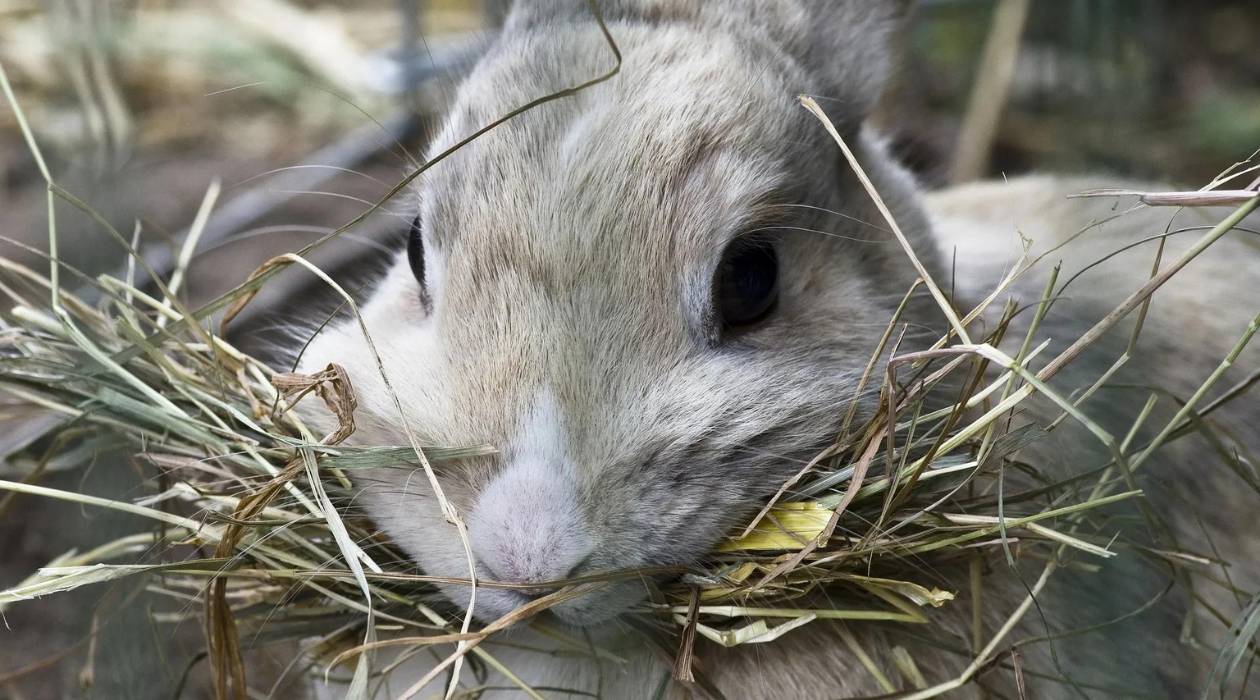
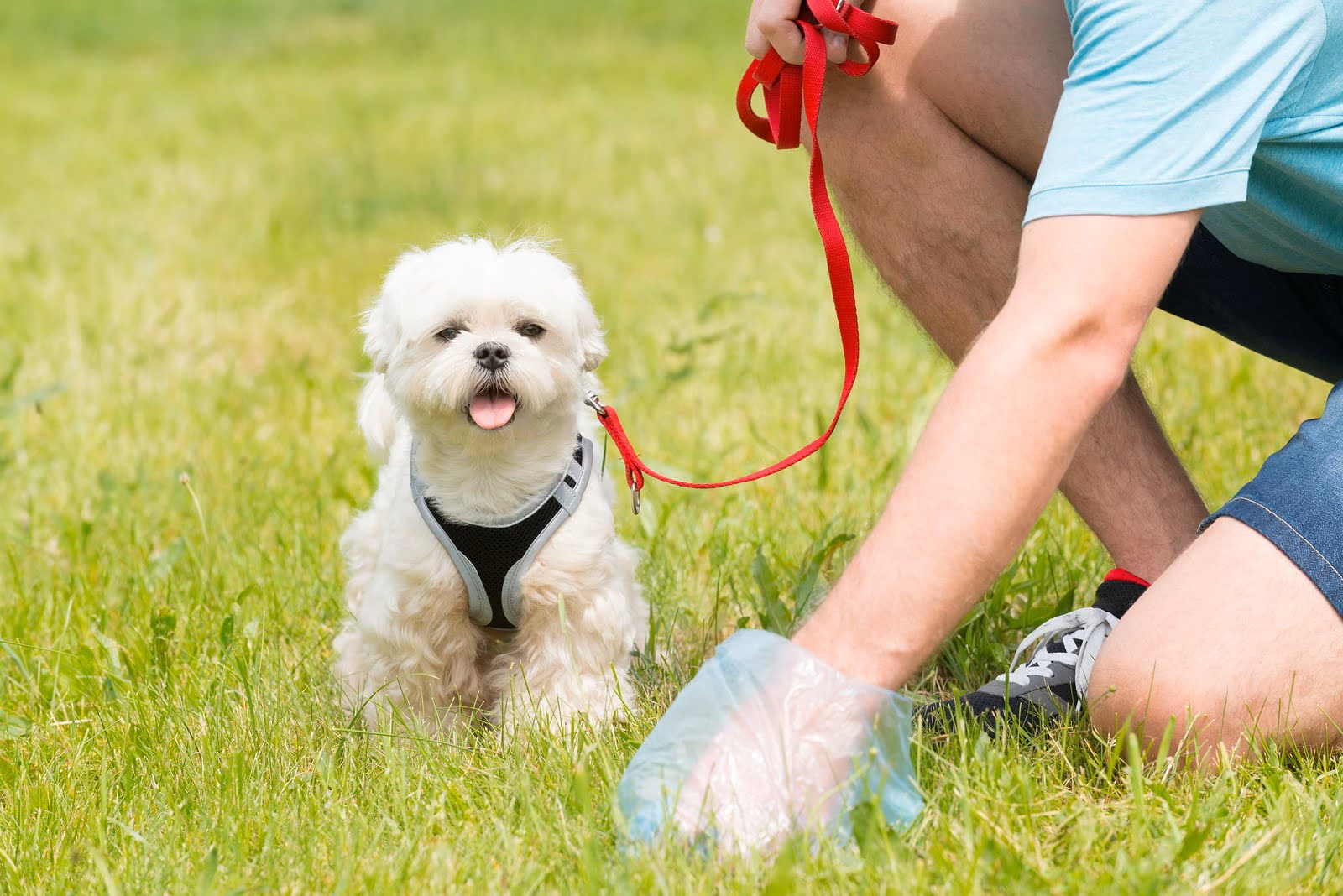
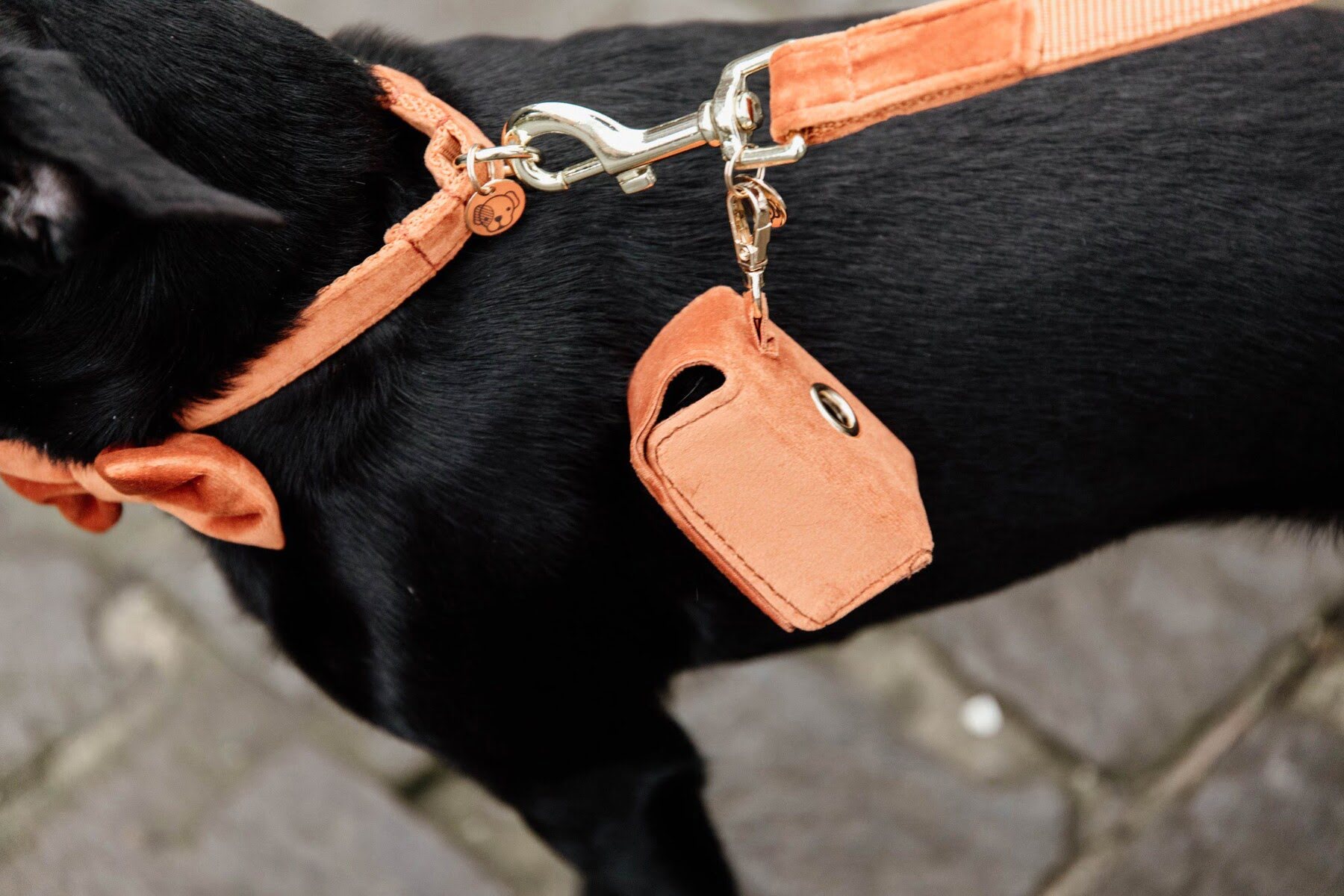
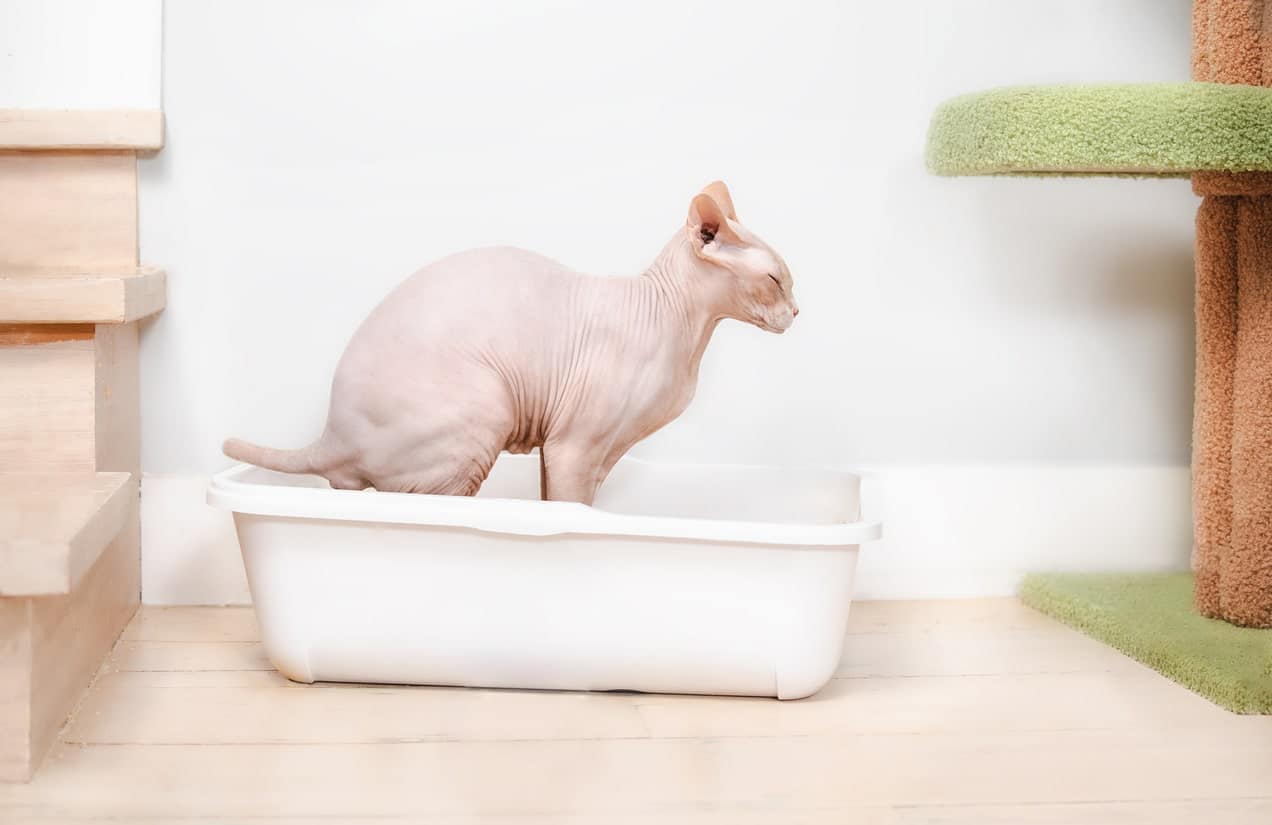

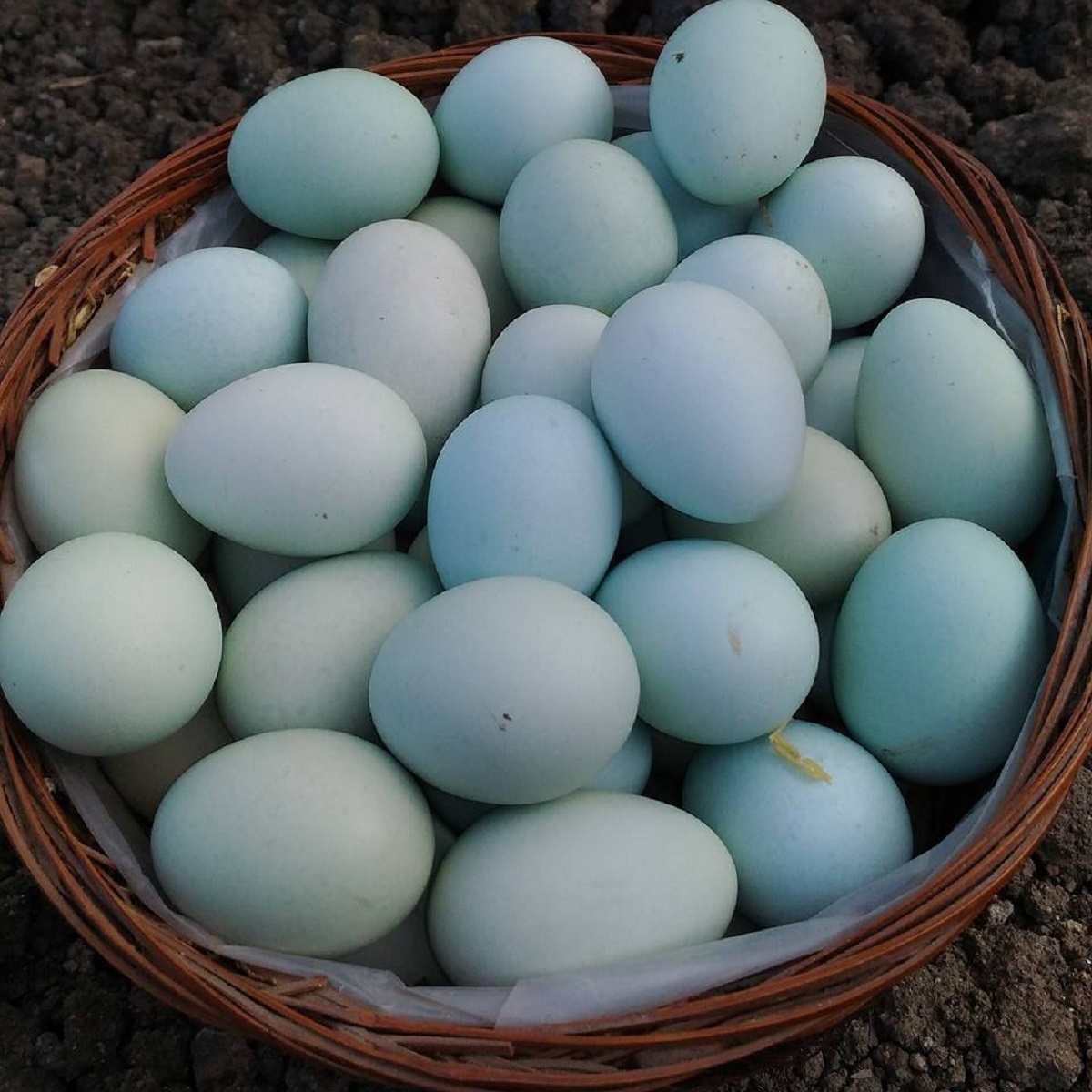
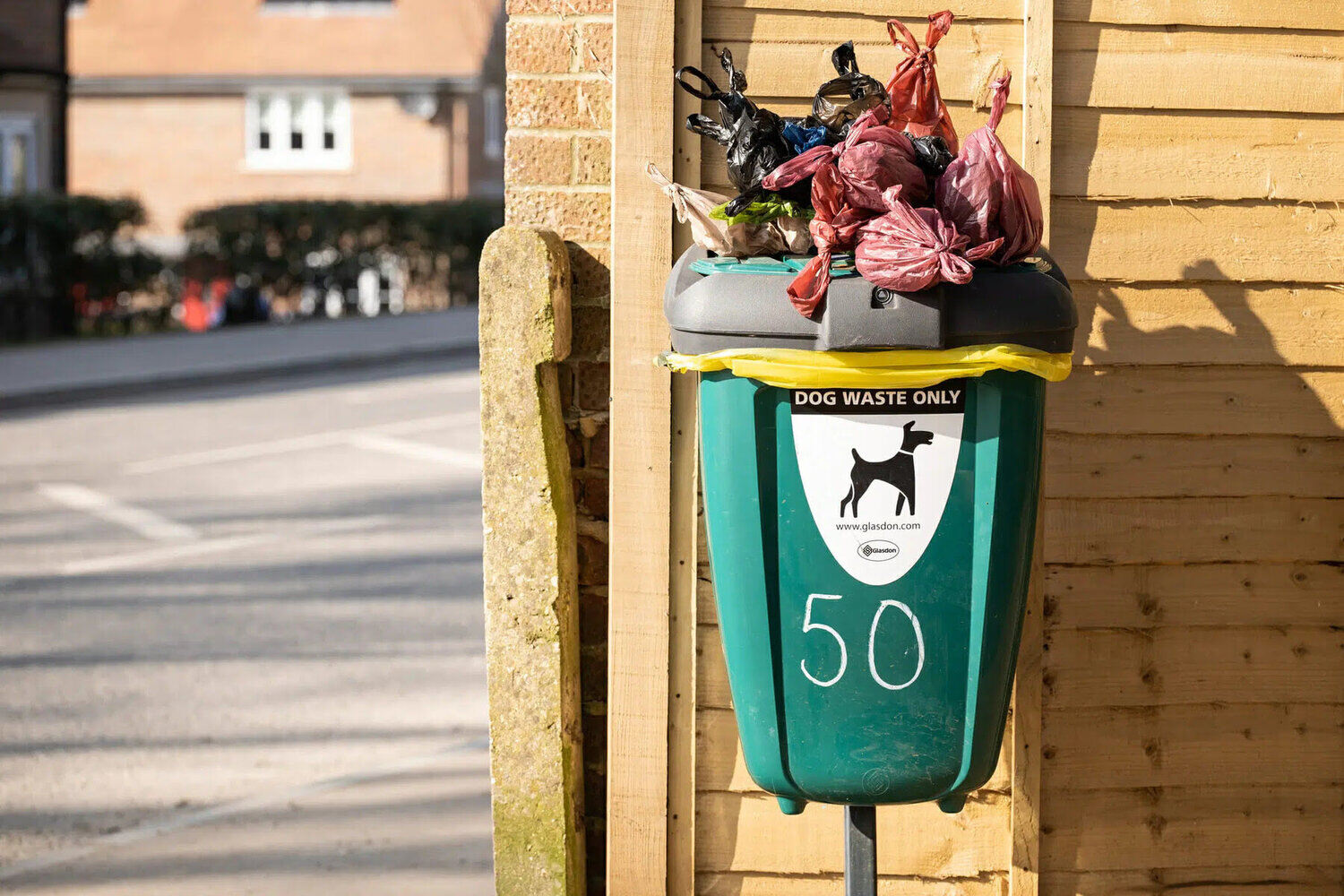
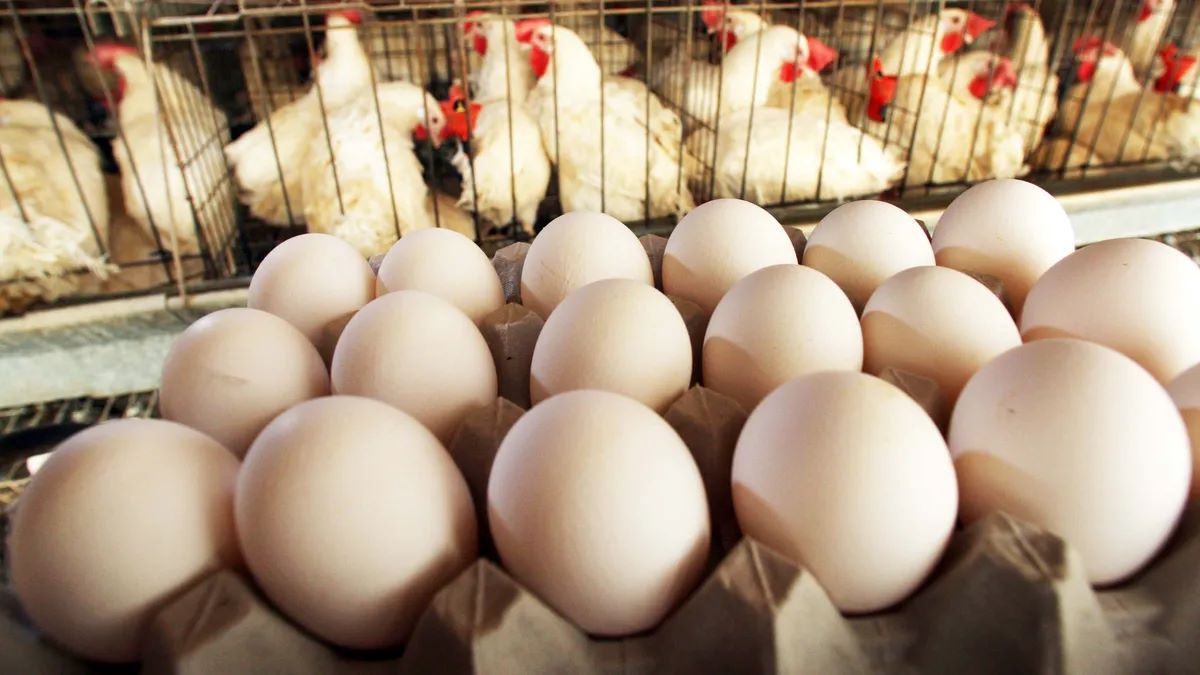
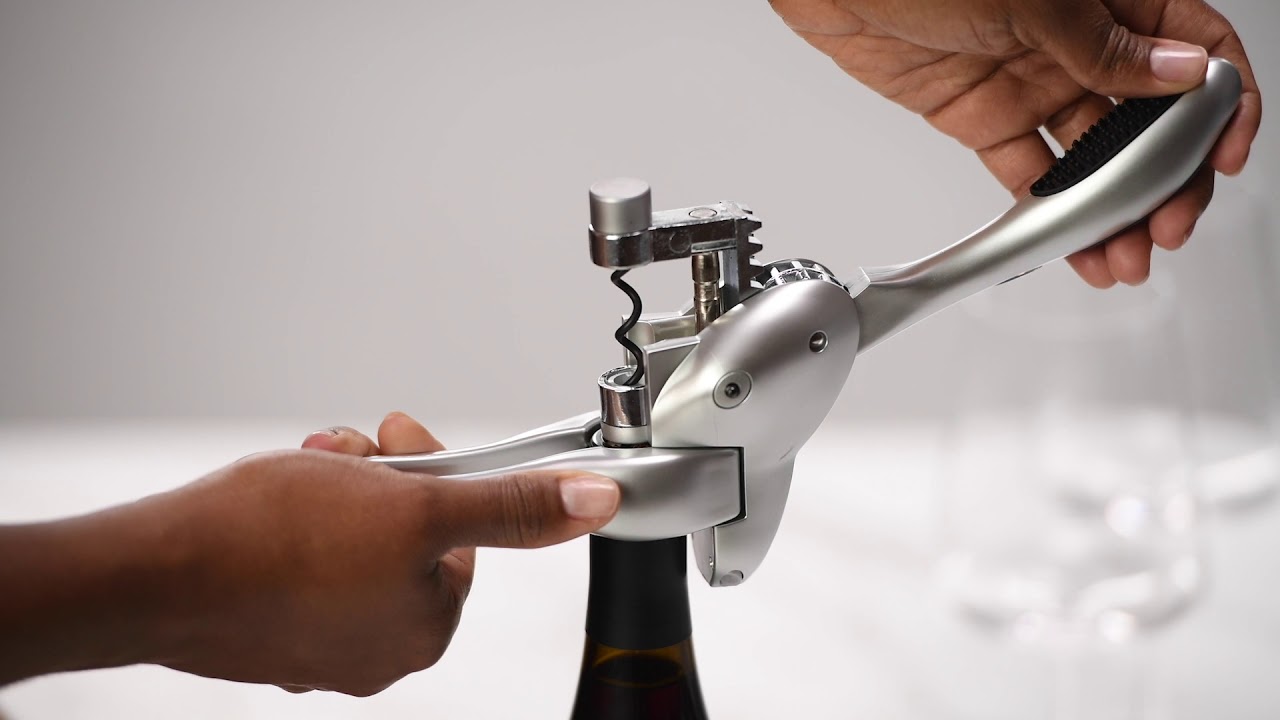
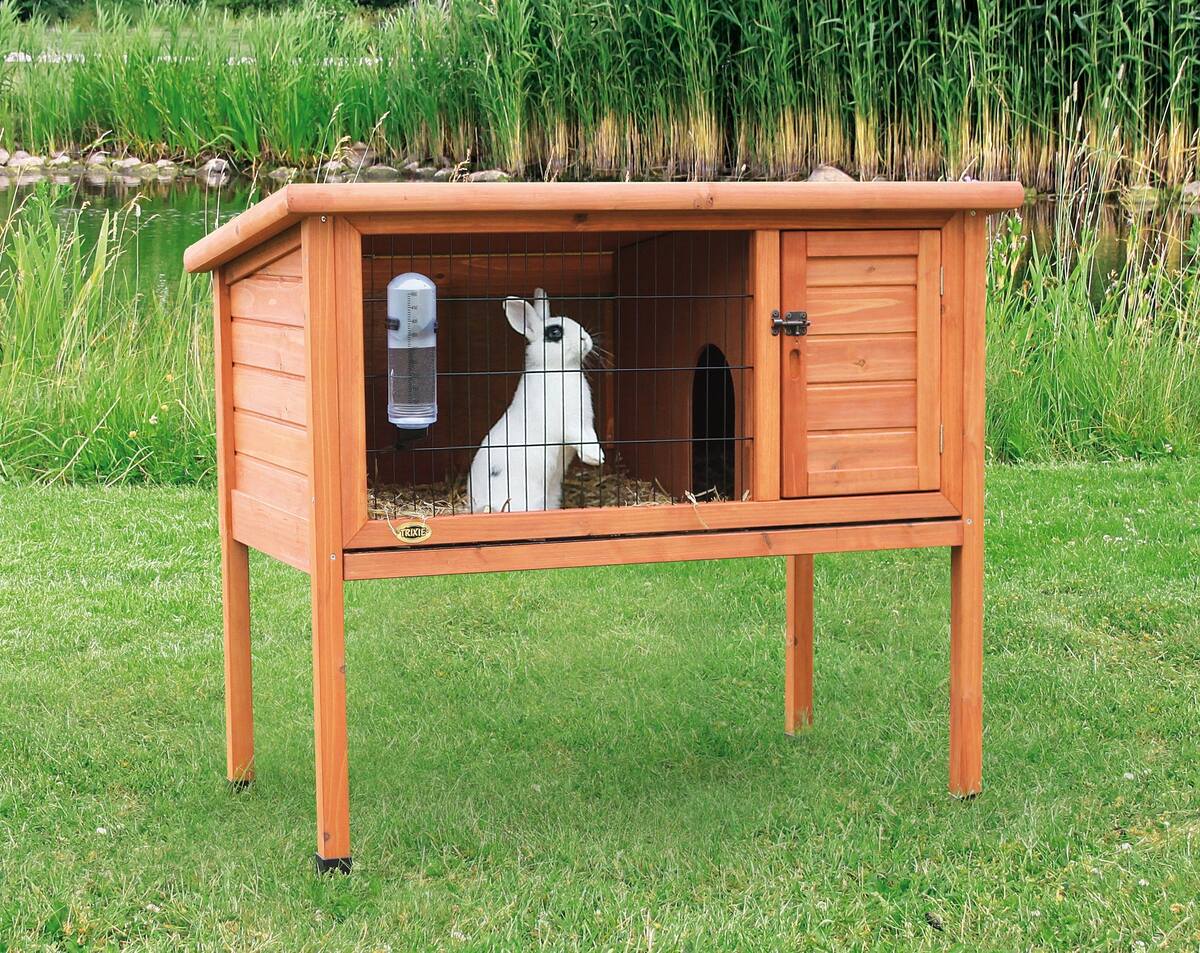
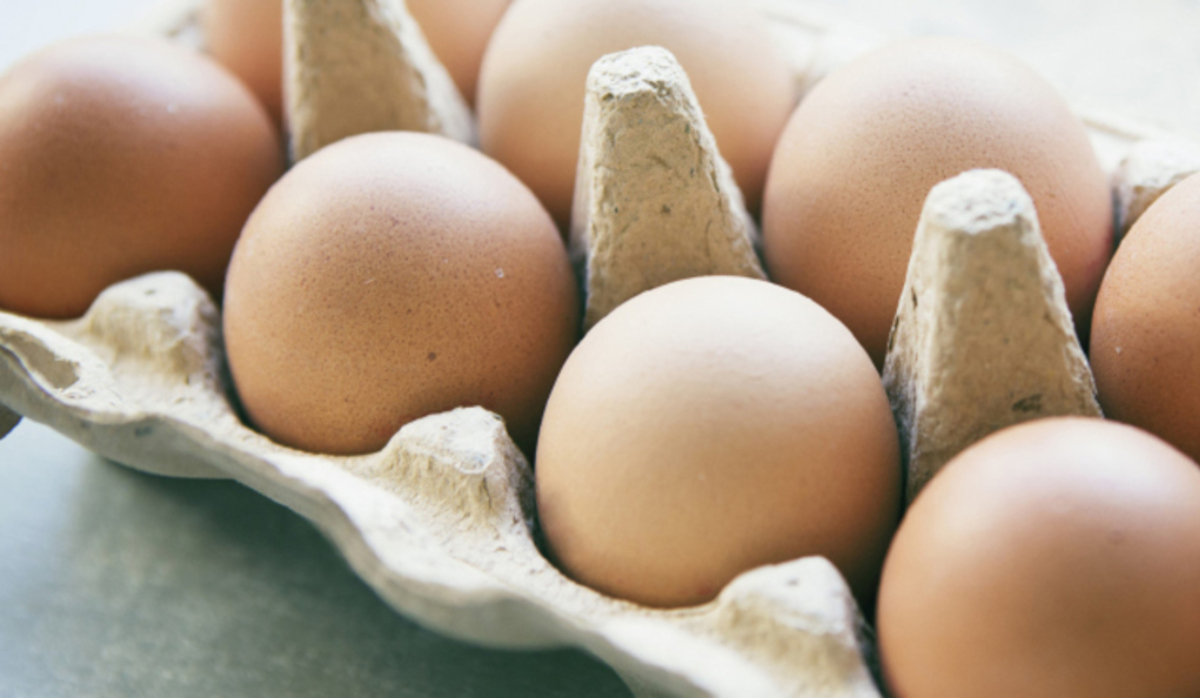
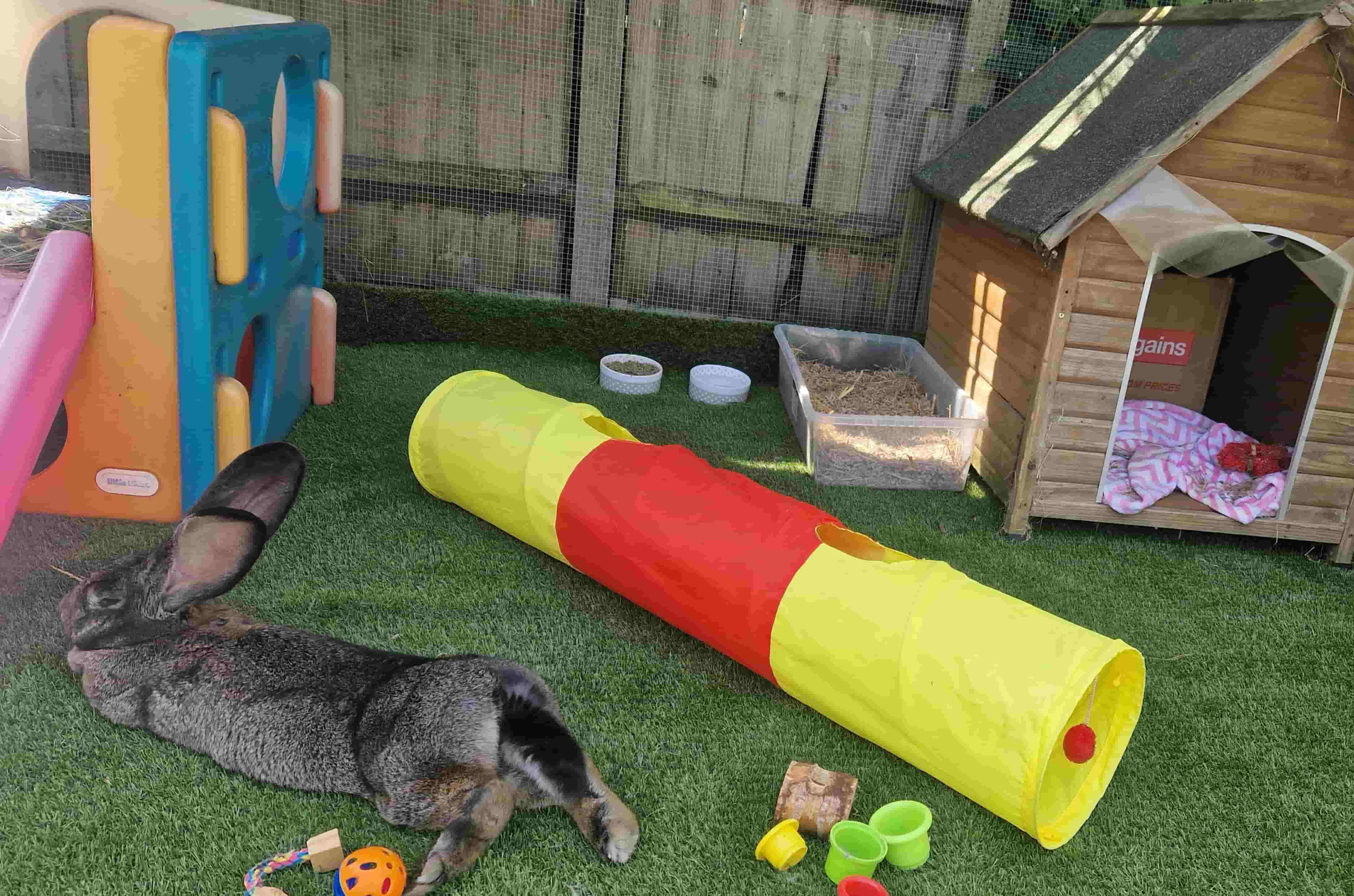
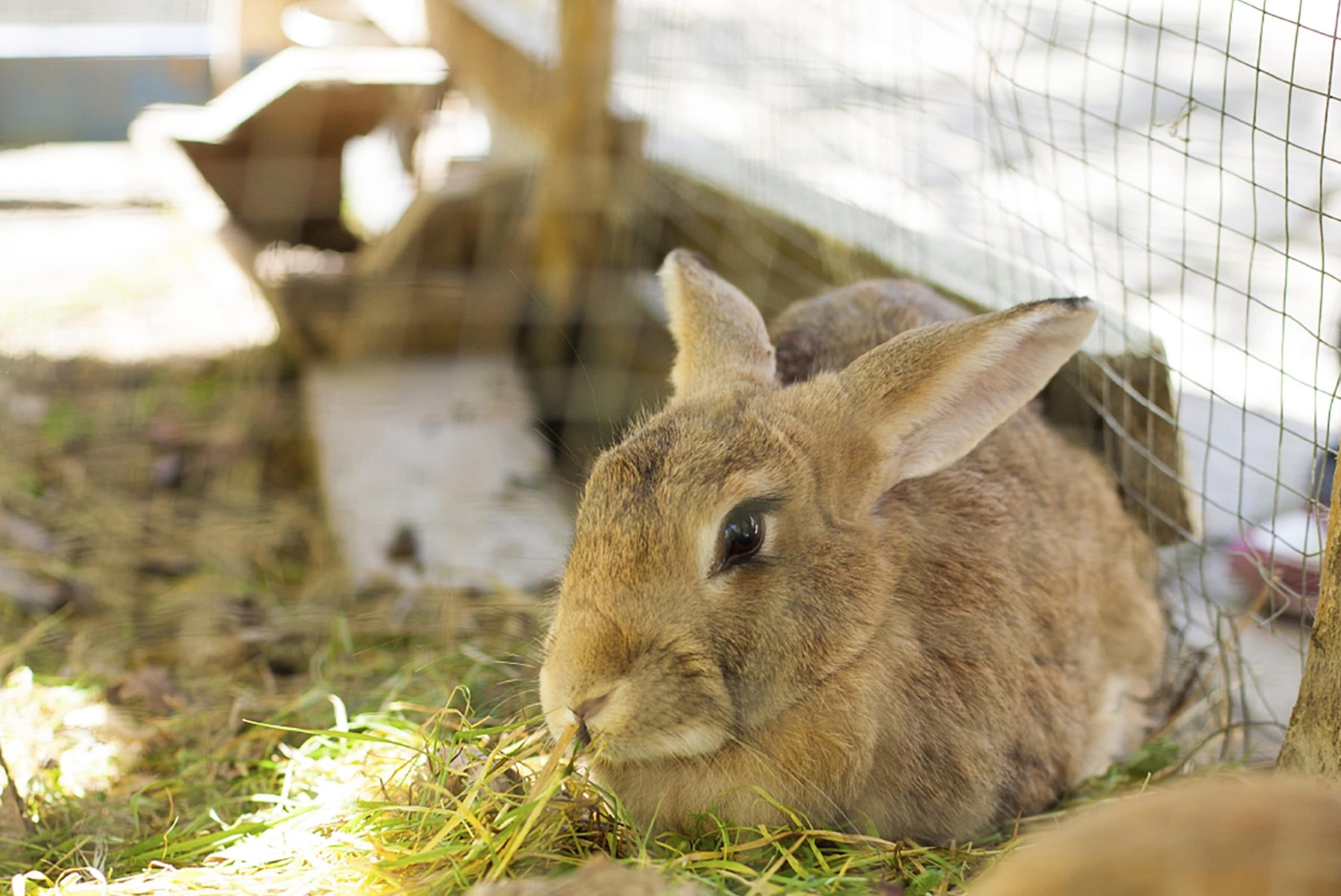
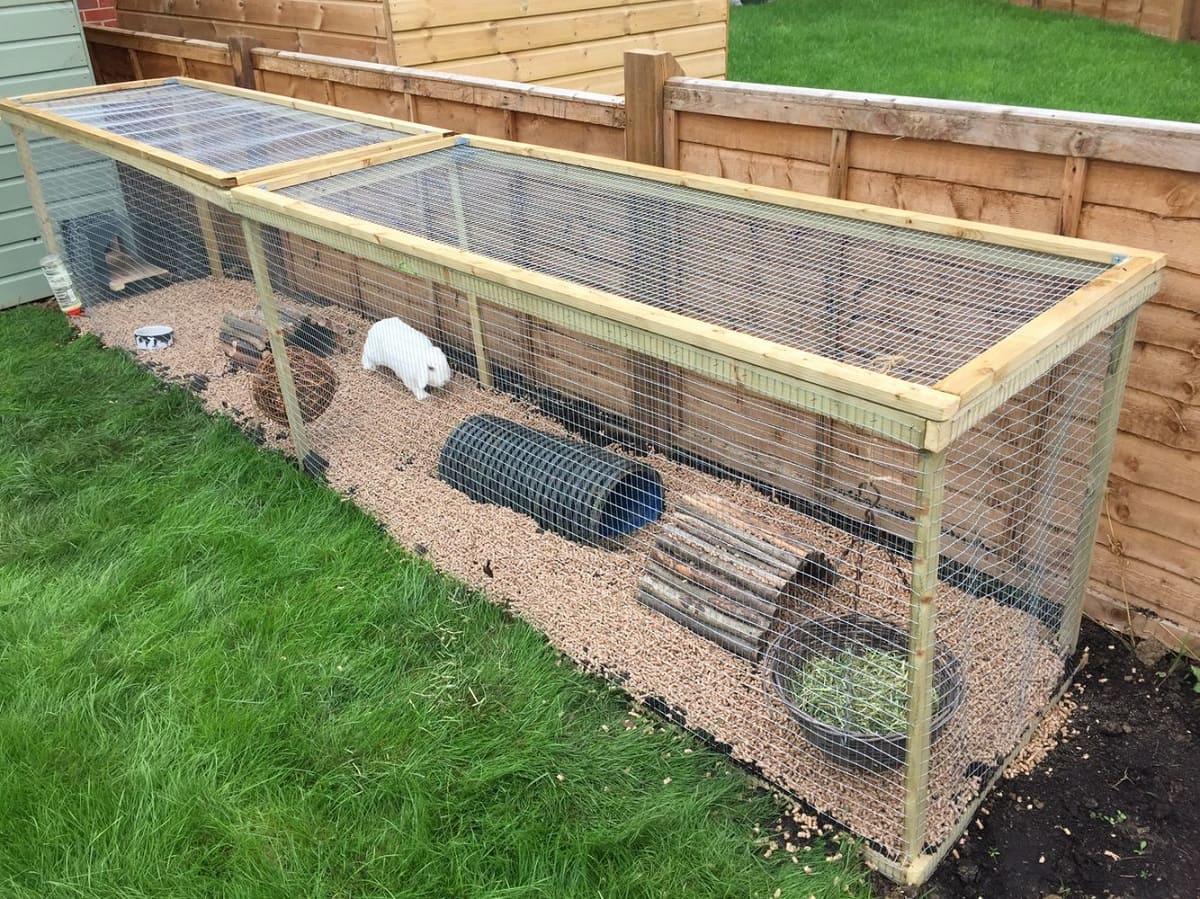

0 thoughts on “How To Store Rabbit Poop For Fertilizer”